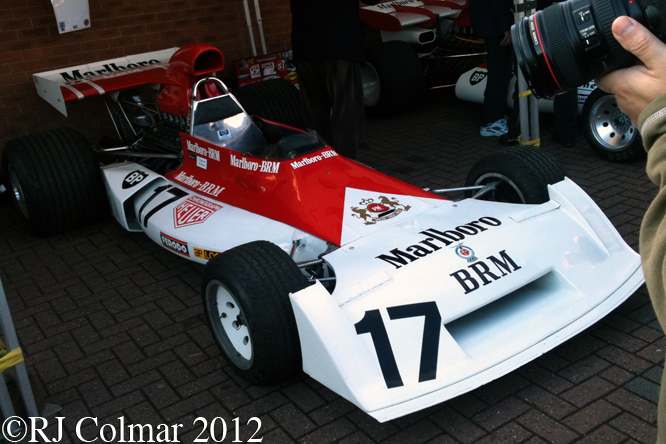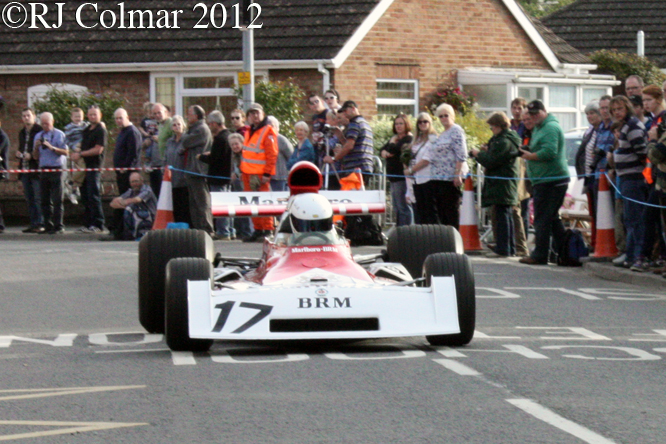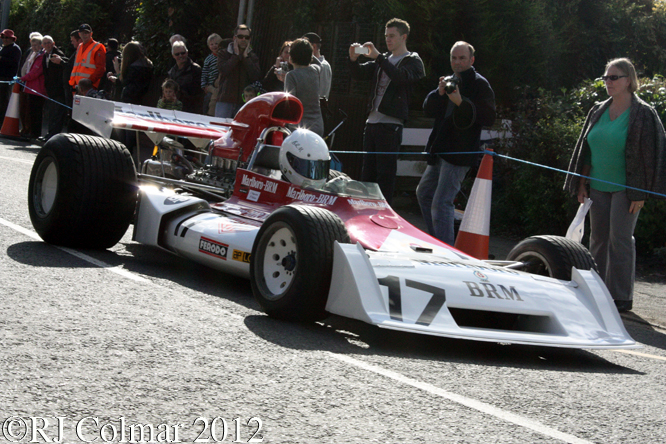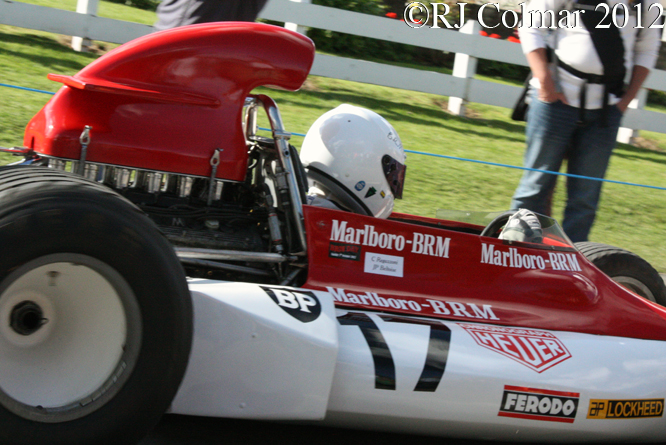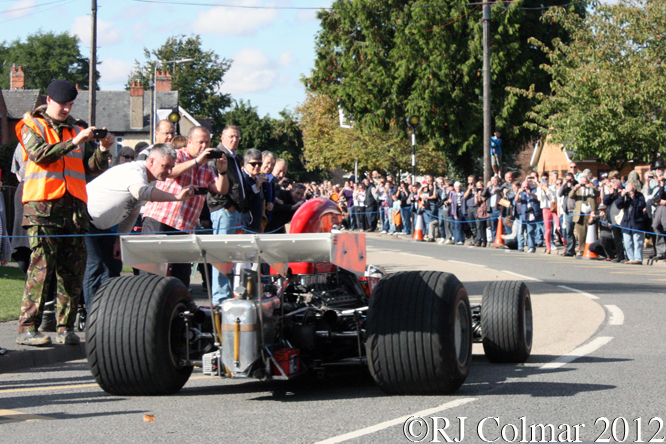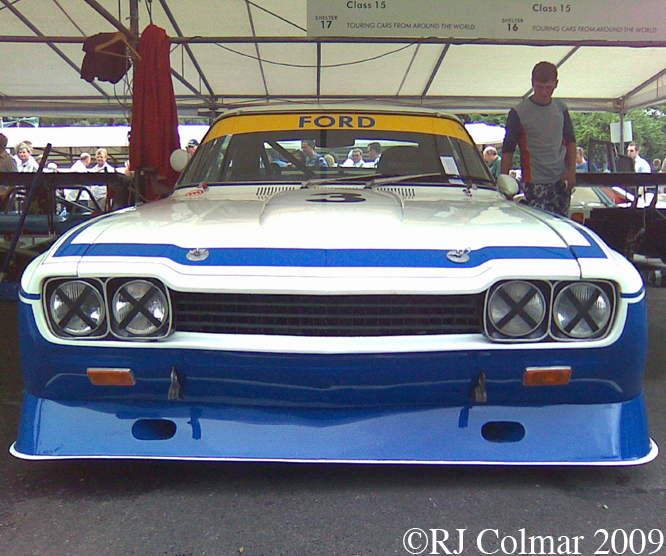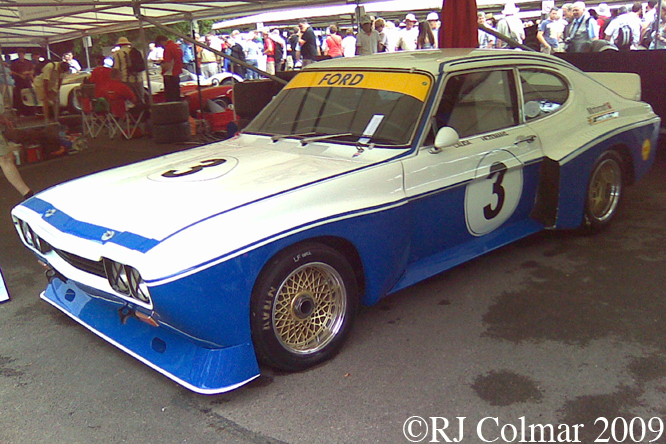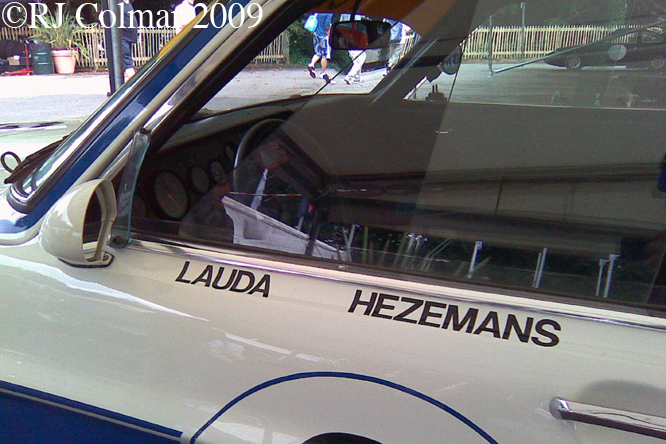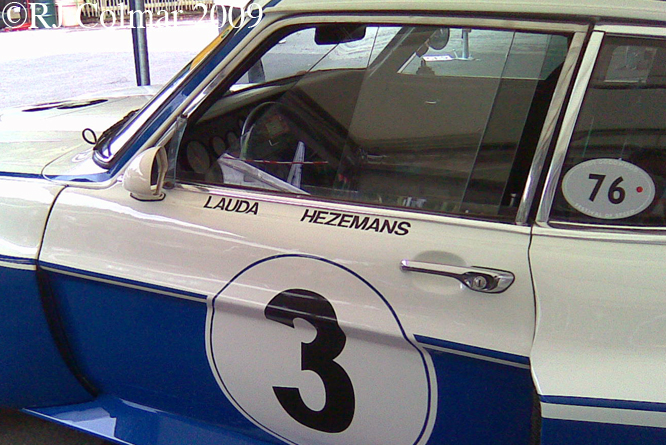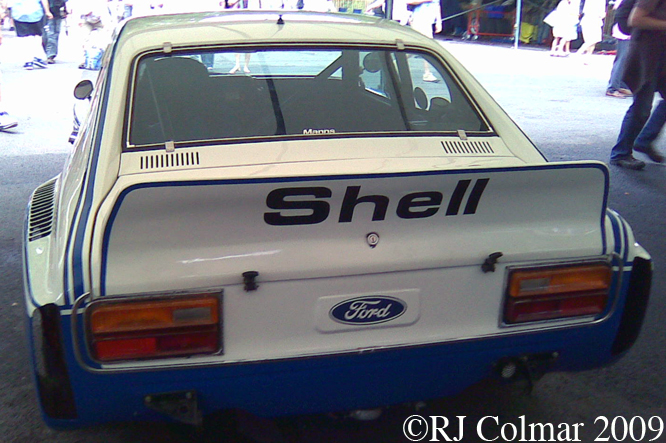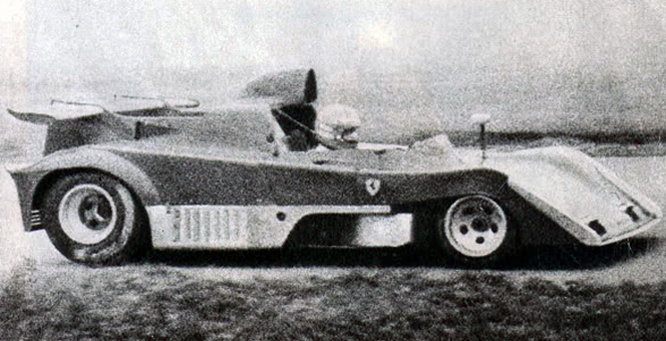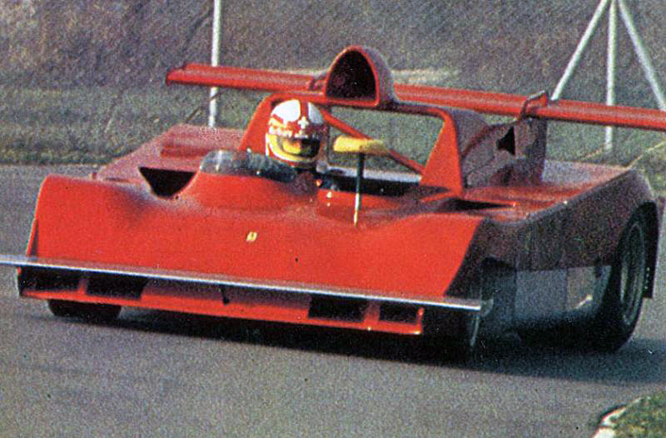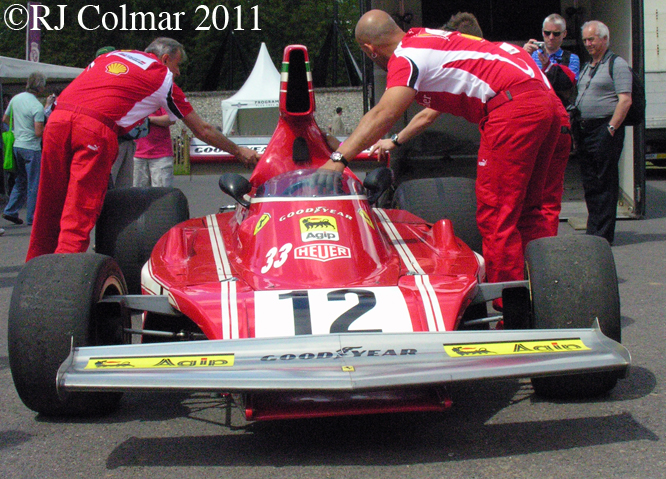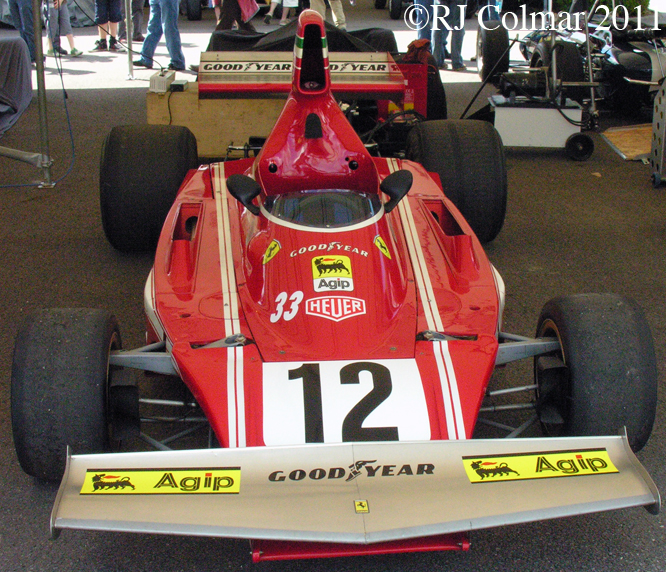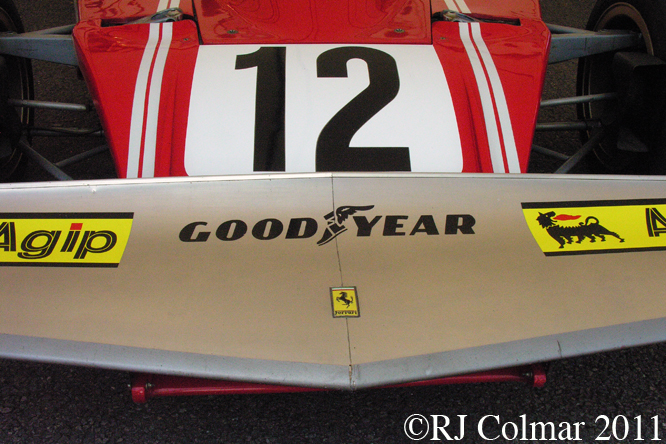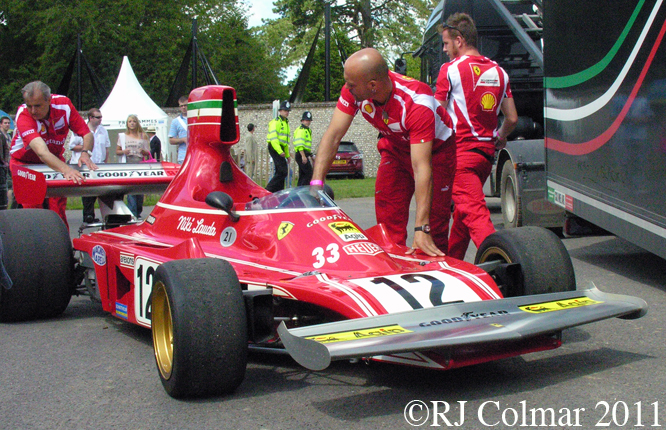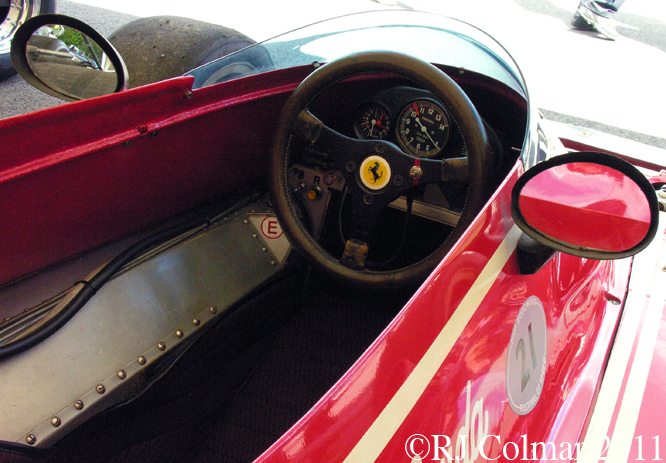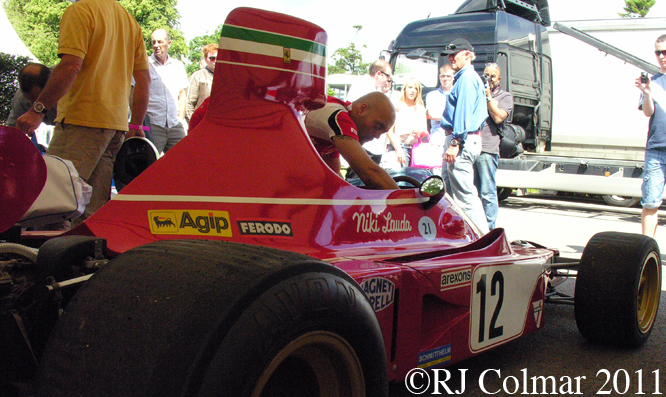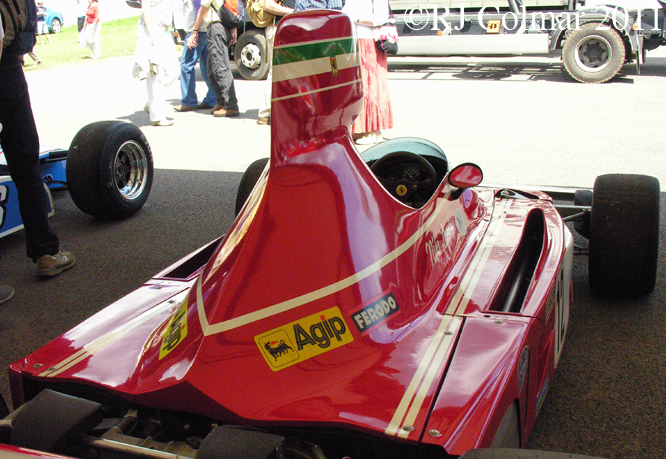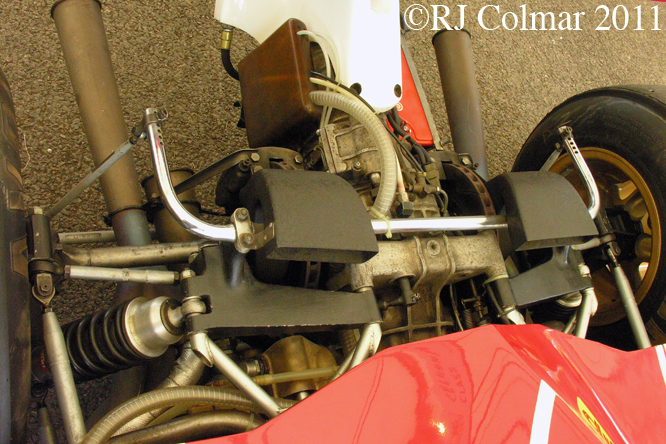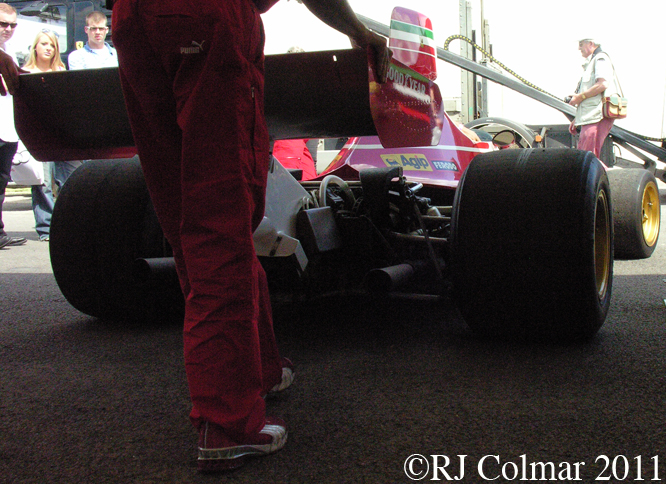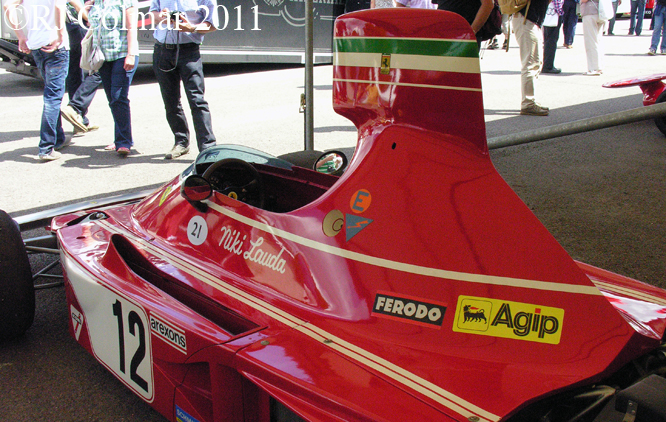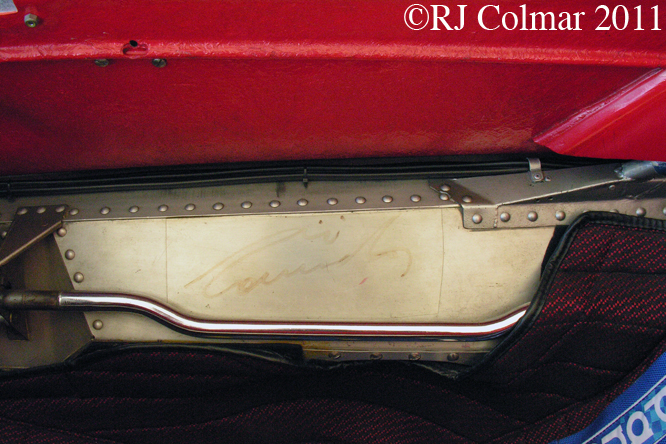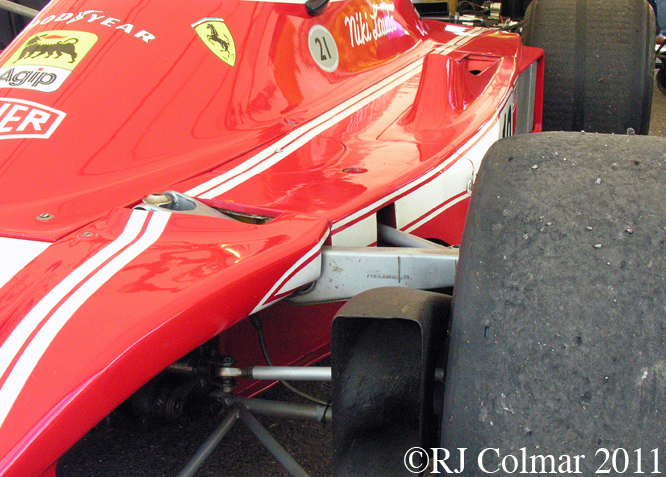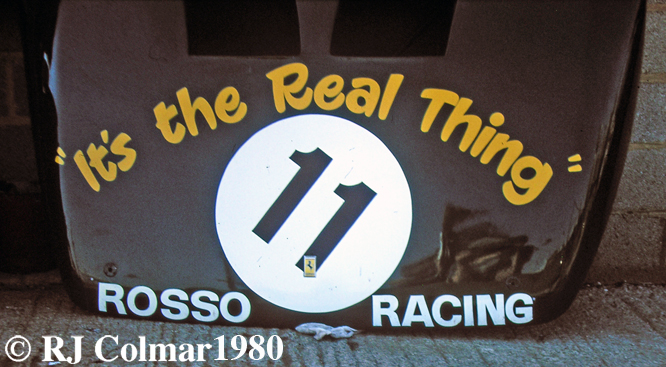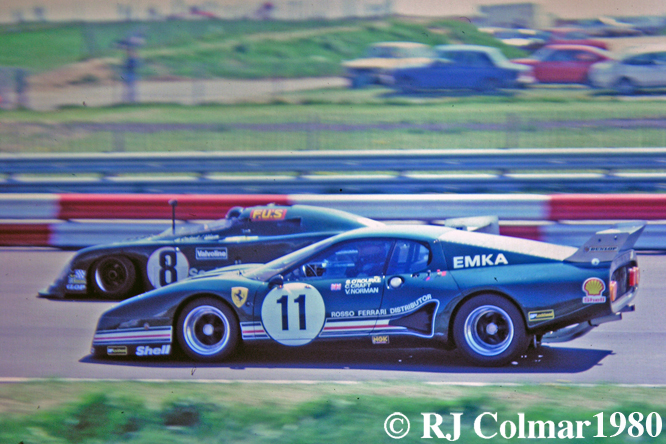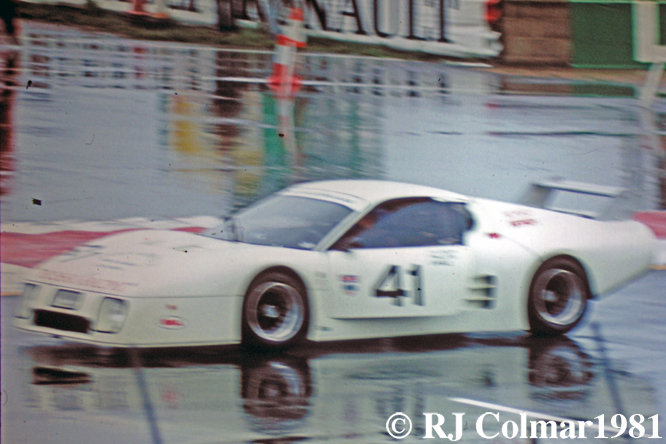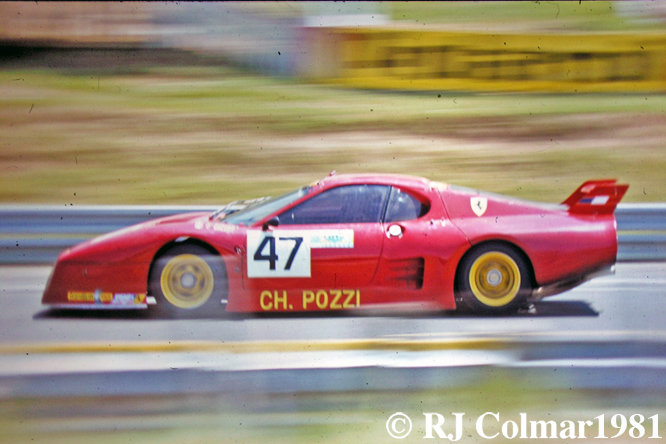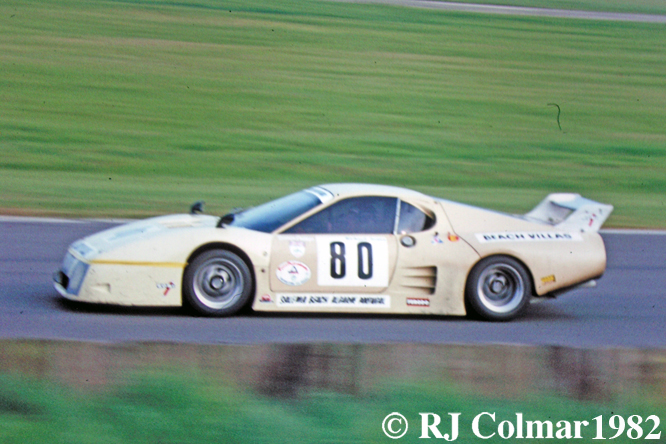Today’s photographs come courtesy of another school friend Sven Platt who was lucky to see one of the most controversial British Grand Prix of all time at Brands Hatch in 1976.
The 1976 Grand Prix season was probably the most fascinating of all time, it had technical innovation in the form of a six wheel car, it had a dashing up and coming Englishman given a last minute chance in a top team, all trying to wrest the drivers and constructors title from the reigning champions Ferrari and “Super Rat” Niki Lauda, the first titles Ferrari had won since 1964. The track action was matched by some equally spectacular off track twists and turns that saw Ferrari and McLaren pressure all and sundry who stood in their way. To put into perspective the grandeur of the season Ron Howard famed for making films like Cocoon, Apollo 13 and The Da Vinci Code is currently shooting a film in England all about the 1976 Grand Prix Season called ‘Rush’ which will probably be released before the end of the year.
Niki Lauda started the 1976 season pretty much where he left the 1975 season off taking two straight wins and his team mate Clay Regazonni taking Ferrari’s third straight win of the season all with 1975 Ferrari 312 T’s. Then at the Spanish Grand Prix new rules were adopted mostly tightening up the maximum dimensions of the cars including the overall width. The big technological innovation was the six wheel Tyrrell driven by Patrick Depailler 3rd behind Niki Lauda and James Hunt, McLaren’s last minute signing at the start of the season, who was on his third pole position from four races.
James Hunt crossed the line first in his modestly revised McLaren M23 and Niki Lauda came in second with a more heavily revised 312 T2 still with the 180 degree V12 engine the same transverse gearbox but an all together slimmer model than it’s predecessor the 312 T. Then the fun and games really started when the M23 failed its post race technical inspection for being 1.8 cm less than an inch too wide. This saw James instantly disqualified elevating Niki Lauda to the top spot of the podium. McLaren immediately posted an appeal, and the circus moved on to Belgium and Monaco where Niki Lauda again triumphed both times form pole.
Pending a McLaren appeal Niki was now in an almost unassailable lead in the championship with 5 victories from six races and with Ferrari pending appeal on six for six. In Sweden however real technological innovation broke the Ferrari by taking it’s one, and only, win and an easy second place in the hands of Jody Scheckter who beat team mate Patrick Depailler driving the novelty six wheel Tyrrells since the two Tyrrells had three axles a piece in theory they locked out the three step between them !
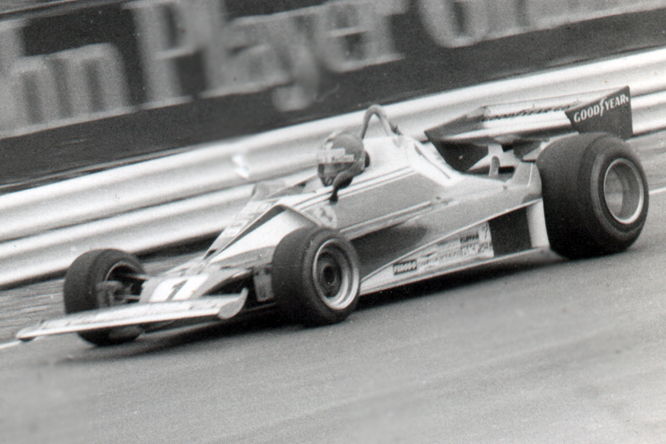
However the six wheel Tyrrells were never to win, let alone dominate, a race again and at the French Grand Prix it was James Hunt who pending his Spanish appeal made his first win for McLaren official. The next race was the British Grand Prix where these photo’s were taken by my school friend Sven. On the opening corner of the opening lap of British Grand Prix Clay Regazzoni starting from 4th on the grid got the drop on Hunt starting second but in the process lost control clipping Lauda who was ahead of him and leaving James Hunt no place to go except to broadside Clay in the #2 Ferrari.
This collision brought out an immediate red flag Lauda’s car was undamaged, Clays car could take no further part and James car took a short cut back to the pits for hasty repairs. There was nearly a riot when James was initially refused permission to take the 2nd start but following a near riot the organisers saw sense and let the race go ahead with a full compliment of cars. James won the race from the second start with Lauda second. Immediately after the race followed more protests which saw Regazzoni disqualified for failing to start in the same car he qualified. Hunts win was also protested all the way to the FIA who would decide Hunts fate some months later.
Around this time the outcome of the Spanish GP was decided in favour of James Hunt after the the governing body of the FIA accepted McLaren’s argument that their car had only been too wide because the tyres when not moving buldged outwards by at least the amount of the infraction due to the absence of centrifugal force acting on them when measured and therefore the infraction was not deliberate and gave no advantage. Immediately after the Spanish GP McLaren narrowed the rear track of their cars to prevent any reoccurence of this problem.
So it was on to the German GP where this Niki Lauda fan had the questionable privilege of spectating as first Hunt beat Lauda to pole and then not more than half a mile away from me a thin column of smoke arose on the second lap where Niki Lauda who pitted on the opening lap for slick tyres had come to rest with his car ablaze after loosing control of it on a relatively simple part of the Nurburgring.
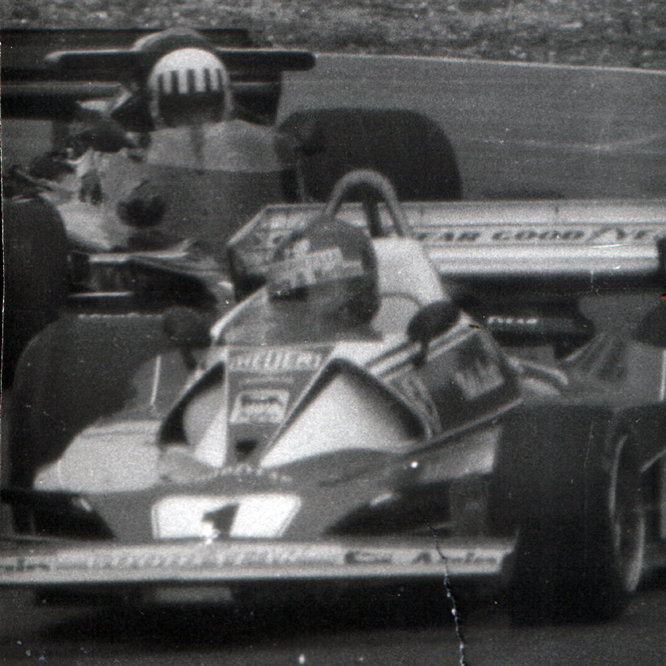
With the track blocked fellow drivers Guy Edwards, Harold Ertl, Brett Lunger and Art Mezairio were the only people in reach to release Niki from his burning car. Eventually a helicopter arrived and took Niki to hospital where he would be read the last rights by a priest before making an astounding come back just six weeks later.
Hunt won the restarted German Grand Prix and the Dutch Grand Prix in Niki’s absence with John Watson driving the Penske scoring the last Grand Prix victory until this day in an American entered car, at the intervening Austrian Grand Prix.
At the Italian Grand Prix Ferrari showed in strength with an unusual for the time three car team one car for Regazzoni which qualified 9th, a car for new signing Carlos Reutemann which qualified 7th and amazingly a car for Niki Lauda who’s head was still heavily rapped in bandages from the burns he had received 6 weeks earlier in Germany qualifying fastest of the Ferrari’s in 5th.
Further shenanigans came to ahead when Watson, Hunt and his team mate Jochen Mass had their Saturday qualifying times of 8th to 10th respectively disallowed due to fuel irregularities which rendered them out of the race until it was found that Otto Stupacher had already gone home and then Art Mezario and Guy Edwards had both withdrawn allowing Hunt, Mass and Watson back into the race at the back of the grid.
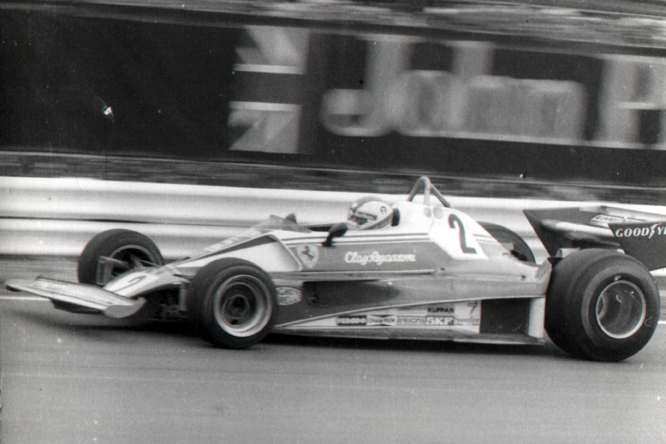
By the races end it mattered little neither Hunt nor Mass finished and Lauda made moved only 3 points further ahead of Hunt with a 4th place finish. Hunt was then disqualified from the British Grand Prix for an alleged push start away from the incident with Regazzoni on the opening lap. At the Canadian Grand Prix James lead from pole making up nine points on Niki who qualified sixth but could only finish out of the points in 8th.
Still 8 points behind Lauda going into the US Grand Prix East James won from pole again scoring nine more points but Niki managed to convert 5th on the grid to an unbelievable, considering he was still heavily wrapped in bandages, 3rd place and four points and so maintained a 3 point lead going into the final race of the season at Fuji in Japan.
Mario Andretti took pole in the single most improved design of the 1976 season the Lotus 77 with championship contenders Hunt and Lauda right behind him in 2nd and 3rd. Race day dawned monsoon like with mist and fog shrouding the track. Despite much debate and water running across the track the race went ahead with all drivers taking the start and Hunt leading the way from Andretti, at the end of the opening lap Niki with no eyelids decided his life was worth more than a title and pulled into the pits virtually handing James the title on the plate.
However as the track dried Hunt started to fall back and pitted with a puncture rejoining in 5th place with just two laps to go since Andretti had by now lapped the entire field. Hunt went storming off needing to over take at least two cars to level the points and take the title on a count back of wins 6-5 in favor of James, he pulled it off passing Alan Jones and Clay Regazzoni who were struggling on the drying track with their worn wet tyres, James completely unaware of his position in the race or the Championship then passed Depailler in the six wheel Tyrrell to take third and win the title by a single point.

Ferrari won the constructors championship by nine points, having a more reliable car and having a higher scoring 2nd string driver in Regazzoni than Jochen Mass in the McLaren. So ended possibly the most storied season in Grand Prix racing, certainly so far as the author, who got up at 5am to watch the final race of the season on television is concerned.
In the first two photographs the #1 Ferrari is seen driven by Niki Lauda, during practice in the top photo without his name on the cokcpit side. This chassis 028 was brand new for the British Grand Prix, where Niki was eventually awarded the win. In the second photo Niki is seen leading Welshman Tom Pryce driving a Shadow whom Niki had just lapped. At the following race in Germany Niki so very nearly met his maker when he lost control of chassis 028 on lap 2 of the German Grand Prix, impact with the crash barrier knocked Niki’s helmet off while the car simultaneously burst into flames. #028 was never to be seen in public again.
Clay Regazzoni is seen in the third photo driving the #2 car chassis #027 which Clay used throughout the 1976 season from the Monaco Grand Prix onwards scoring two second place finishes in Holland and Italy. Clay damaged this car during the first corner fracas at the British Grand Prix and so took the restart in chassis #026 for which he would later be disqualified for not having used it to qualify for the race.
In the fourth and final photo Clay is seen prior to retirement, and eventual disqualification, battling with Gunnar Nilson in the #6 Lotus 77 at the entrance to the notorious off camber downhill Paddock Bend after the restart of the race. Chassis #026 was used by Niki Lauda early in the season with which he came 2nd in Spain and First in Monaco and third in Sweden, the car was then past over to Regazzoni who after damaging it at the British Grand Prix only used it as a spare car for practice there after in Germany and Holland before it was re prepared for Niki’s comeback in Italy and the remainder of the season scoring 4th in Italy and a 3rd place in the United States East.
My thanks to Sven Platt for the use of his photo’s.
Thanks for joining me on this ‘Life Is More Important Than A Championship edition of ‘Gettin’ a li’l psycho on tyres’, I hope you will join me again tomorrow, don’t forget to come back now !
